In 2018, Museum Volkenkunde acquired a unique folding screen painted by Japanese painter Kawahara Keiga (1786-c.1860). This masterpiece had been discovered shortly before, but was in a deplorable condition. The folding screen, which consists of 8 panels and measures a total size of 171 x 470 cm, shows the view across the bay of Nagasaki. The Dutch Deshima trading post is visible in the foreground, including the Dutch ship “Marij and Hillegonda” that sailed to Japan in 1836.
Museum Volkenkunde started a crowdfunding campaign to raise money for the restoration. Now, three years later, and with the help of many Japanese experts, the restoration has been completed. The folding screen is the centrepiece of the museum’s Keiga collection, which runs to 2,000 items and is the largest in the world. As far as we know, this is the only folding screen Keiga ever made. It depicts the extraordinary historical relationship between Japan and the Netherlands in a spectacular fashion.
Because of the minute details shown in his work, Kawahara Keiga has often been called ‘a photographer without a camera’. In his extensive body of work, he has captured the Japanese nature and culture in all their splendour, often at the behest of researchers such as Dr Philipp Franz von Siebold (1796-1866). Keiga had been granted the exceptional privilege of entering Deshima freely, which enabled him to draw the encounters between the Japanese and the Dutch. His contacts also introduced him to European painting techniques such as drawing in perspective, which he masterfully applied on the screen.

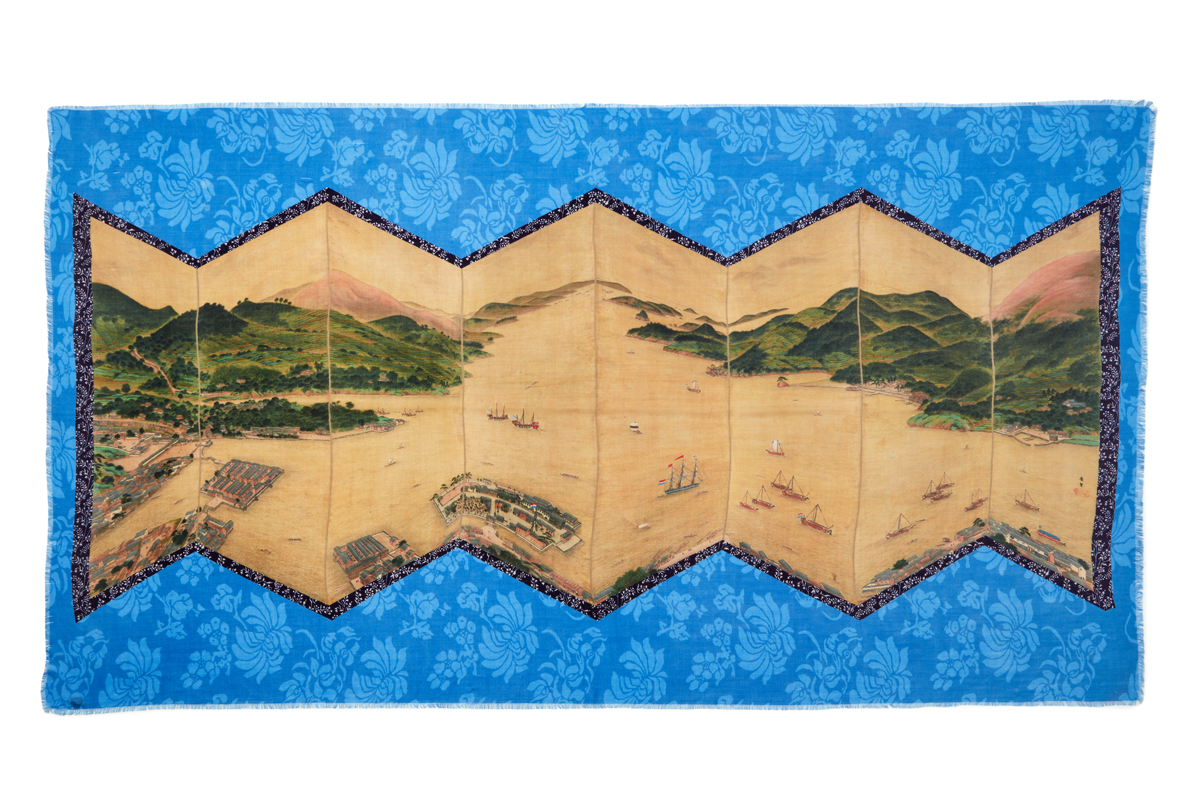
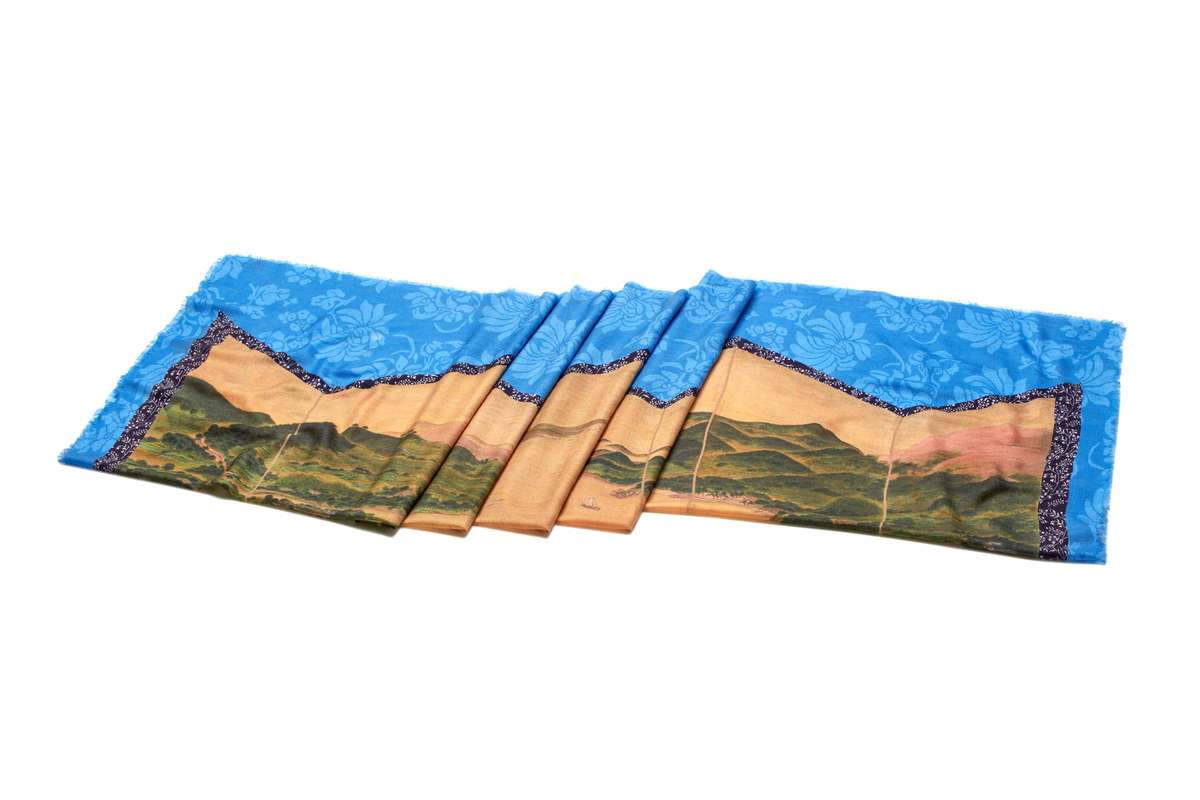
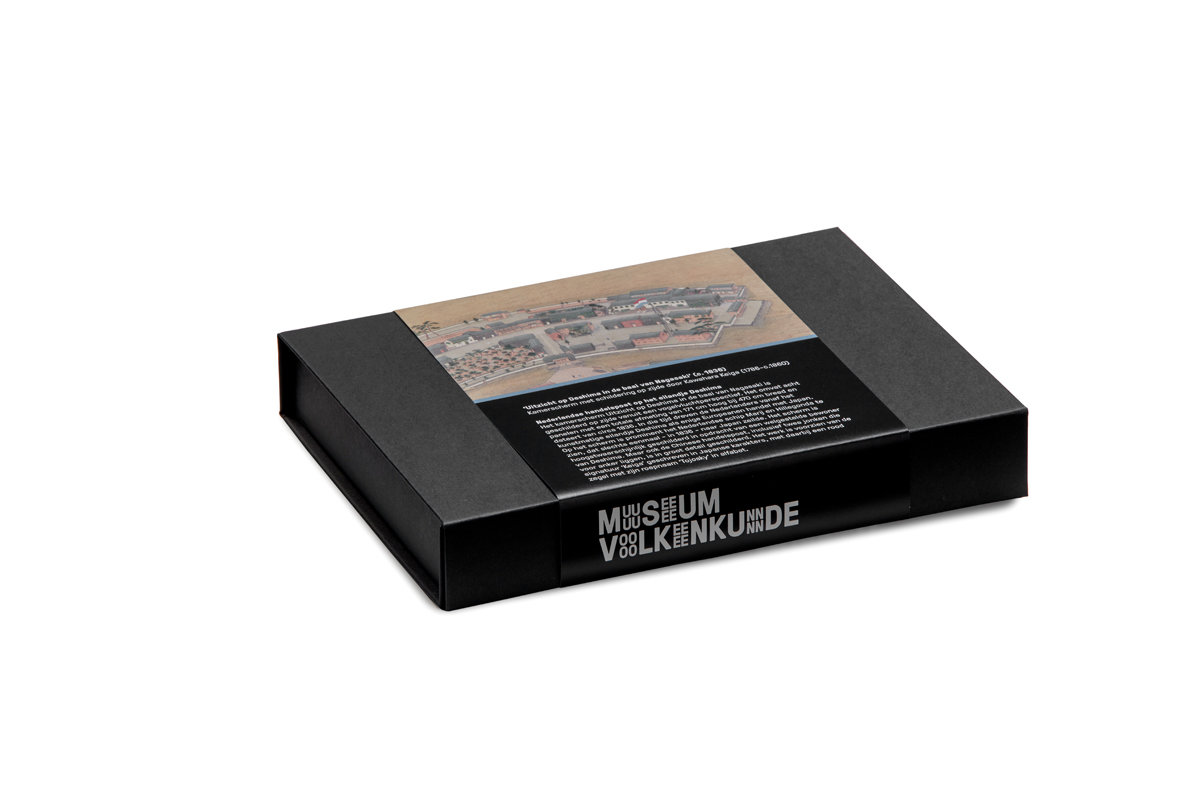
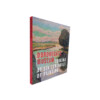
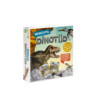

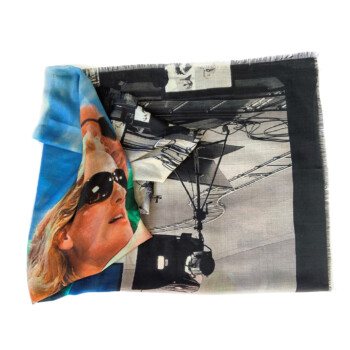
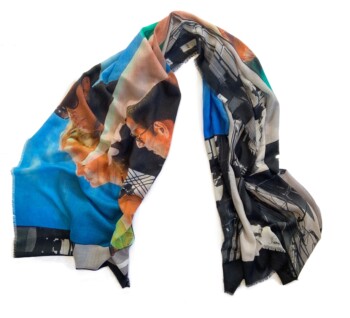

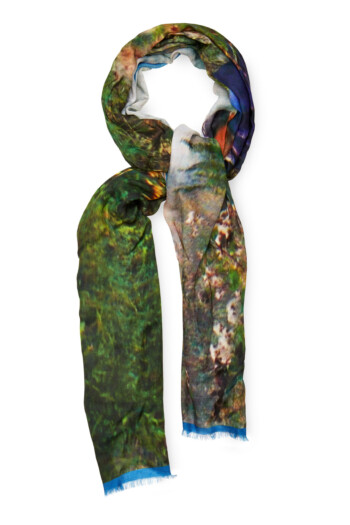
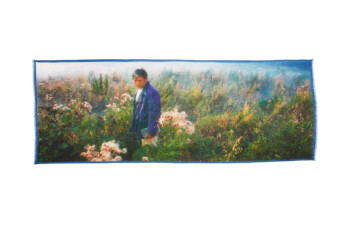
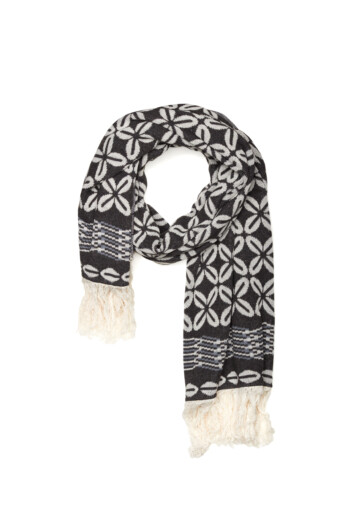

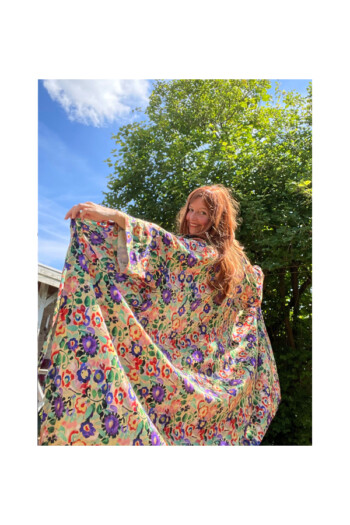
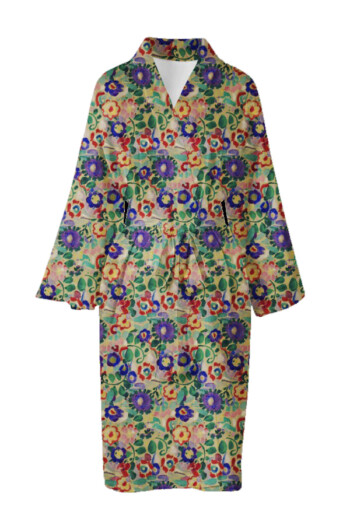

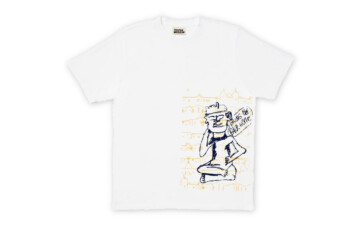
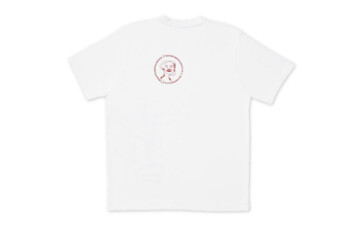
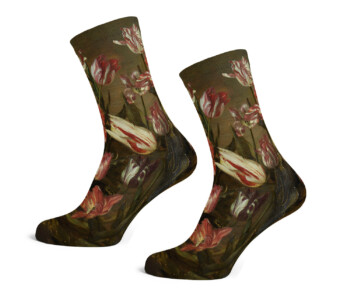
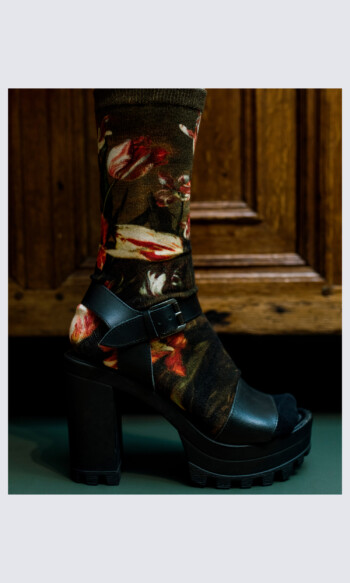
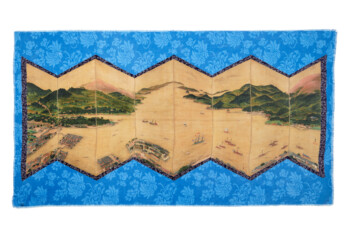
Reviews
There are no reviews yet.